(Hey! Some links in this post may be affiliate links — meaning I may earn a small commission if you buy through them, at no extra cost to you. As an Amazon Associate, I earn from qualifying purchases. I only share products I genuinely love and think you’ll find useful too. Read the full disclosure here).
Looking for a hearty, healthy meal that’s easy to make? Beef & Quinoa Chili is a great pick. It’s full of protein, fiber, and flavor. It’s perfect for a quick dinner or a weekend meal.
We’ll show you the benefits of this dish and what you need to make it. You’ll get a chili cooking guide to make a healthy, flavorful chili just the way you like it.
Contents
- 1 The Perfect Blend: Why Beef & Quinoa Chili Stands Out
- 2 Essential Ingredients for Beef & Quinoa Chili
- 3 Spices and Seasonings That Make the Difference
- 4 Kitchen Equipment You’ll Need
- 5 Preparation Steps Before Cooking
- 6 Step-by-Step Cooking Method for Beef & Quinoa Chili
- 7 Timing Your Chili: When to Add Each Ingredient
- 8 Nutritional Breakdown of Beef & Quinoa Chili
- 9 Troubleshooting Common Chili Problems
- 10 Delicious Variations and Serving Ideas
- 11 Conclusion: Mastering Your Beef & Quinoa Chili
- 12 FAQ
- 12.1 What is the best type of beef to use for Beef & Quinoa Chili?
- 12.2 Can I make Beef & Quinoa Chili in a slow cooker?
- 12.3 How do I adjust the heat level of my Beef & Quinoa Chili?
- 12.4 Can I make Beef & Quinoa Chili without quinoa?
- 12.5 How do I store and reheat leftover Beef & Quinoa Chili?
- 12.6 Can I customize the vegetables in Beef & Quinoa Chili?
- 12.7 Is Beef & Quinoa Chili suitable for meal prep?
- 12.8 How can I make Beef & Quinoa Chili more nutritious?
Key Takeaways
- Learn how to make a nutritious Beef & Quinoa Chili
- Discover the benefits of quinoa and beef in a chili recipe
- Get a step-by-step guide to cooking a delicious, healthy chili
- Understand how to customize the recipe to your taste
- Find out how this dish can be a great meal solution for any occasion
The Perfect Blend: Why Beef & Quinoa Chili Stands Out
This chili combines the richness of beef with quinoa’s nutritional benefits. It’s a powerhouse of health and flavor. You’re not just making a meal; you’re creating a dish packed with nutrients.
Beef & Quinoa Chili is more than tasty. It’s a balanced mix of protein, fiber, and essential nutrients. This dish can help you reach your health goals.
Health Benefits of Combining Beef and Quinoa
The combination of beef and quinoa makes a dish that’s more than its parts. Quinoa boosts fiber, iron, and magnesium. This chili is a balanced meal.
Protein and Nutrient Profile
Beef is a high-quality protein source for muscle repair and growth. Quinoa adds all nine essential amino acids. Together, they make a protein-rich meal that supports muscle health.
Balanced Macronutrients
This chili has a balanced mix of macronutrients. It has protein from beef, complex carbs from quinoa, and healthy fats. This balance keeps energy levels up and supports nutritional well-being.
A Brief History of Chili Evolution
Chili has a rich history across cultures, evolving from a simple meal to a diverse culinary phenomenon. It started in Latin America with beans, meat, and spices. As people moved, they adapted their recipes with new ingredients and techniques.
Today, chili is enjoyed globally, with many variations. These reflect local tastes and preferences.
Essential Ingredients for Beef & Quinoa Chili
A delicious Beef & Quinoa Chili starts with key ingredients. These elements make the dish both nourishing and tasty. Let’s explore what makes this chili special.
Protein Components: Selecting the Right Beef
Choosing the right beef is important for your chili. The type of beef affects the flavor and texture of your dish.
Ground vs. Cubed Beef Options
Ground beef cooks fast and mixes well with other ingredients. Cubed beef offers a heartier feel. Pick what you like best.
Lean vs. Regular Beef Considerations
Lean beef makes a lighter chili, while regular beef adds more flavor. Think about what you prefer.
The Quinoa Factor: Types and Preparation
Quinoa is key, adding protein and fiber. You can choose from white, red, or black quinoa. Always rinse it first to remove saponins.
Vegetables, Beans, and Aromatics
Beef and quinoa aren’t the only important parts. Vegetables, beans, and aromatics like onions, garlic, bell peppers, and tomatoes are also vital. They add depth and flavor to your chili.
Spices and Seasonings That Make the Difference
Let’s explore the spices and seasonings that make beef and quinoa chili special. The right mix can make the dish more flavorful and aromatic. We’ll look at the traditional chili spice blend and how to adjust the heat level.
Traditional Chili Spice Blend
A traditional chili spice blend includes chili powder, cumin, paprika, garlic powder, and onion powder. These spices create a deep, rich flavor. You can buy a pre-mixed chili powder or make your own blend.
For example, a basic blend might include:
- 2 tablespoons chili powder
- 1 teaspoon ground cumin
- 1 teaspoon paprika
- 1/2 teaspoon garlic powder
- 1/2 teaspoon onion powder
Customizing Your Heat Level
One of the best things about making chili is adjusting the heat level. You can make it mild, medium, or hot, depending on your taste. There are several ways to customize the spice level.
Mild, Medium, and Hot Variations
To adjust the heat, you can change the type and amount of chili peppers or powder. For a milder chili, use less chili powder or choose a mild variety. For a spicier version, add more chili powder or use hotter peppers like jalapeños or habaneros.
| Heat Level | Chili Powder Amount | Additional Peppers |
|---|---|---|
| Mild | 1 tablespoon | None |
| Medium | 2 tablespoons | 1 jalapeño |
| Hot | 3 tablespoons | 2 habaneros |
Child-Friendly Adjustments
If you’re making chili for kids, you can make it child-friendly. Omit or reduce the chili powder and hot peppers. Add a mild, sweet element like diced bell peppers to balance the flavors.
“The art of cooking is not just about following a recipe; it’s about understanding the nuances of flavor and adjusting them to your taste.” –
Kitchen Equipment You’ll Need
The right kitchen tools are key to making a great Beef & Quinoa Chili. They make cooking faster and help your chili turn out perfectly every time.
Pot Selection and Cooking Surfaces
Choosing the right pot is important for cooking your chili. A large, heavy-bottomed pot is best because it heats evenly. This prevents your chili from burning.
You can use a Dutch oven or a large saucepan. Dutch ovens are perfect for chili because they keep heat well. They’re great for browning meat and simmering your chili in one pot.
Helpful Tools and Gadgets
There are many tools that make cooking your chili easier. A meat thermometer ensures your beef is cooked safely. A sharp knife and cutting board make chopping veggies easy.
A can opener and measuring cups are also must-haves for getting your ingredients ready.
| Pot Type | Heat Distribution | Durability |
|---|---|---|
| Dutch Oven | Excellent | High |
| Large Saucepan | Good | Medium |
| Slow Cooker | Good | High |
With the right kitchen equipment, you’ll make a delicious Beef & Quinoa Chili. It’s sure to become a family favorite.
Preparation Steps Before Cooking
To ensure a smooth and enjoyable cooking experience, let’s go through the preparation steps for Beef & Quinoa Chili. Proper preparation is key to making a great dish, and we’re here to guide you through it.
Meat Preparation Techniques
Start by preparing your beef. We recommend using ground beef for this recipe. Trim any excess fat, then gently break it apart with your hands or a spoon. This helps the beef cook evenly and prevents clumping. If you’re using a leaner cut, you might want to add a bit more oil to the pan when browning.
Vegetable Chopping Guide
Chopping your vegetables is the next step. For Beef & Quinoa Chili, you’ll need to chop onions, bell peppers, and tomatoes. Use a sharp knife to make clean cuts. Try to make the pieces roughly the same size so they cook evenly. This not only enhances the visual appeal but also ensures that all the flavors meld together perfectly.
Measuring and Organizing Your Ingredients
Once your meat and vegetables are prepared, it’s time to measure and organize your ingredients. This step is often referred to as meal prep. Gather all your spices, quinoa, beans, and broth, and measure them out according to the recipe. Organizing your ingredients in advance makes the cooking process much smoother and more enjoyable.
By following these preparation steps, you’ll be well on your way to creating a delicious Beef & Quinoa Chili that’s sure to please.
Step-by-Step Cooking Method for Beef & Quinoa Chili
Now that we have all our ingredients ready, it’s time to start cooking our Beef & Quinoa Chili. This is where all the flavors come together. With our help, you’ll make a rich and satisfying dish.
Browning the Beef Properly
Browning the beef is key to making your chili taste great. To do this right, you need to control the heat and get a perfect sear.
Temperature Control Tips
First, heat your pan over medium-high. Add a bit of oil to coat the bottom. Then, add your beef in batches to avoid overcrowding. This helps each piece get a nice sear.
Achieving the Perfect Sear
Let the beef cook undisturbed for a few minutes on each side. You want a nice brown crust. This step is important for deep flavors in your chili. Once browned, remove the beef and set it aside.
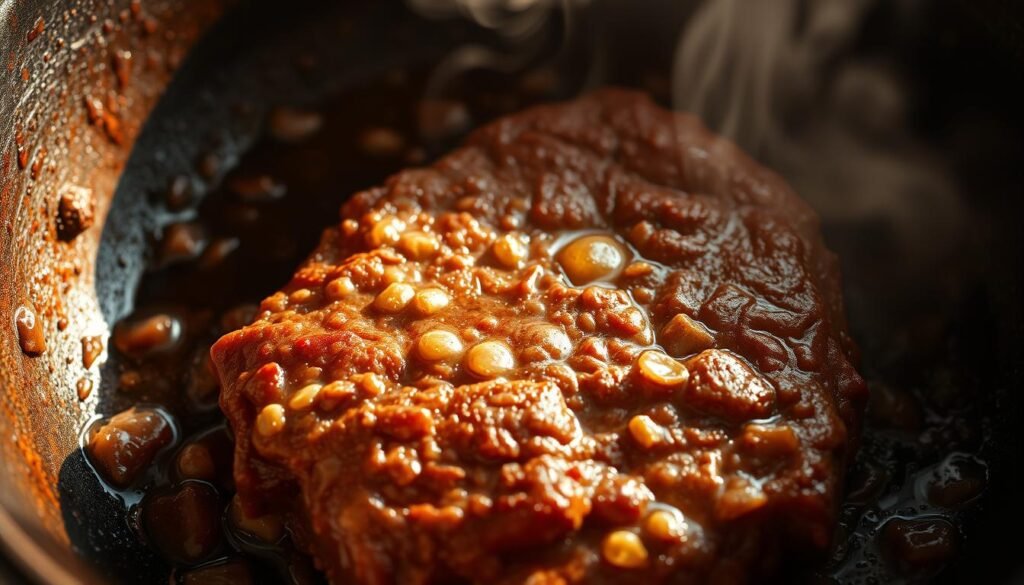
Building Flavor with Aromatics and Spices
In the same pan, add your aromatics like onions, garlic, and other vegetables. Cook until they’re soft and smell good. Then, add your spices and cook for a minute, stirring constantly to avoid burning.
Adding Liquids and Quinoa
Pour in your liquids, like broth or water, and bring to a simmer. Add the quinoa and browned beef back in. Make sure everything is mixed well.
Simmering to Perfection
Lower the heat to low and let it simmer, covered, until the quinoa is tender. This step is key for a rich taste. Stir occasionally to prevent sticking.
By following these steps, you’ll make a delicious Beef & Quinoa Chili. It’s both nutritious and flavorful. The secret is in the cooking method and being patient.
Timing Your Chili: When to Add Each Ingredient
The secret to a rich and flavorful chili is knowing when to add each ingredient. Understanding when to add each part can greatly affect the taste and texture of your beef and quinoa chili.
Early, Middle, and Late Additions
Different ingredients are best added at different times. Aromatics like onions and garlic should go in first to create the base flavor. Ground beef is also added early to brown it.
In the middle, add beans, tomatoes, and spices to enhance the flavors. Quinoa, being quick to cook, is added last.
- Add aromatics and beef at the start.
- Include beans, tomatoes, and spices in the middle stage.
- Add quinoa towards the end of cooking.
How to Tell When Your Chili is Done
To check if your chili is done, look for both visual signs and texture. Visual cues include the flavors blending well and ingredients looking tender.
Visual Cues for Doneness
Check for a thick, rich consistency and well-cooked ingredients.
Texture and Consistency Tests
Make sure the quinoa and beef are tender. The chili should be thick but not too thick.
Nutritional Breakdown of Beef & Quinoa Chili
Let’s explore the nutritional value of Beef & Quinoa Chili. It’s a healthy choice because it’s packed with protein, complex carbs, and fiber. This makes it a fulfilling and nutritious meal.
Calorie and Macronutrient Information
A serving of Beef & Quinoa Chili has a good mix of calories, proteins, and fats. Here’s a detailed look:
| Nutrient | Amount per Serving | % Daily Value |
|---|---|---|
| Calories | 420 | 21% |
| Protein | 35g | 70% |
| Fat | 20g | 31% |
| Carbohydrates | 25g | 8% |
| Fiber | 5g | 20% |
This shows Beef & Quinoa Chili is a nutrient-rich meal. It offers a balanced mix of macronutrients.
Making Your Chili More Nutritionally Balanced
To boost the healthiness of your Beef & Quinoa Chili, try a few tweaks. Adding more veggies like bell peppers or carrots increases fiber. Using leaner beef or adding more beans can also improve nutrition. Remember to watch the sodium by using low-sodium broth and less salt.
Troubleshooting Common Chili Problems
Chili can sometimes go wrong, but don’t worry. We’ve got you covered. Whether it’s texture issues, off flavors, or an overcooked batch, we’ll help. We’ll make your Beef & Quinoa Chili perfect every time.
Fixing Texture Issues
The texture of your chili is key. Let’s look at how to adjust it when things go awry.
Too Watery Solutions
If your chili is too watery, simmer it longer to reduce the liquid. You can also add a slurry of cornstarch and water or tomato paste to thicken it.
Too Thick Remedies
If your chili is too thick, thin it out with broth or water. Adding diced tomatoes can also help achieve a better consistency.
| Texture Issue | Solution |
|---|---|
| Too Watery | Simmer longer or add thickening agent |
| Too Thick | Add broth, water, or diced tomatoes |
Balancing Flavors When Something’s Off
Sometimes, the flavors in your chili might not be quite right. If it’s too salty, a splash of vinegar or a bit of sugar can help. If it’s lacking depth, consider adding more spices or aromatics.
“The key to a great chili is balance. You want a harmony of flavors that makes each spoonful enjoyable.”
Salvaging Overcooked or Burnt Chili
If you’ve overcooked your chili or it’s burnt, don’t despair. For burnt chili, carefully transfer it to a new pot, leaving the burnt bits behind. For overcooked chili, adding some fresh ingredients can revive it.
By following these troubleshooting tips, you’ll be able to rescue your Beef & Quinoa Chili from common issues. Enjoy a delicious, satisfying meal.
Delicious Variations and Serving Ideas
Beef & Quinoa Chili comes in many flavors, from regional twists to creative toppings. You can try new ingredients and flavors to make it your own. We’ll show you some exciting options to try.
Regional Adaptations of Beef & Quinoa Chili
Chili recipes vary by region, and you can adapt Beef & Quinoa Chili to fit different tastes. For a Mexican flair, add jalapeños and cilantro. Or, for a Southwestern touch, use chipotle peppers and black beans. A Tex-Mex version could include ground beef, diced tomatoes, and a mix of cheddar and Monterey Jack cheese.
Here are more regional ideas:
- Cajun Spice: Spice it up with Cajun seasoning.
- Greek Influence: Add feta cheese and olives for a Mediterranean twist.
- Indian-Style: Try curry powder and coconut milk for a creamy flavor.
Creative Toppings and Garnishes
Adding toppings can make your Beef & Quinoa Chili special. Try fresh cilantro, diced avocado, or sour cream for a creamy touch. Sprinkle shredded cheese like cheddar or pepper jack for extra flavor.
Here are more topping ideas:
- Diced Onions: Sweet caramelized onions add a nice layer.
- Crushed Tortilla Chips: They add a satisfying crunch.
- Pickled Jalapeños: They bring a tangy, spicy kick.
Perfect Side Dishes and Pairings
Choosing the right side dishes can enhance your meal. A simple green salad, crusty bread, or roasted vegetables are great options. For a hearty meal, try grilled cornbread or roasted sweet potatoes alongside your chili.
| Side Dish | Description |
|---|---|
| Green Salad | A simple mix of greens with your favorite dressing. |
| Crusty Bread | Perfect for dipping into your chili. |
| Roasted Vegetables | Seasonal vegetables roasted to perfection. |
Conclusion: Mastering Your Beef & Quinoa Chili
You now have the skills to make a tasty and healthy Beef & Quinoa Chili. As you keep trying new things, you’ll get better at making chili. You’ll be able to make a dish that everyone will love, anytime.
Getting good at chili takes practice and finding the right balance. With these cooking tips and a little patience, you’ll soon be a pro. Feel free to add new ingredients and change the flavors to your taste.
As you get more confident in the kitchen, making Beef & Quinoa Chili will become easy. You’ll enjoy making it and feel proud of your cooking. Happy cooking, and enjoy the journey of mastering chili!

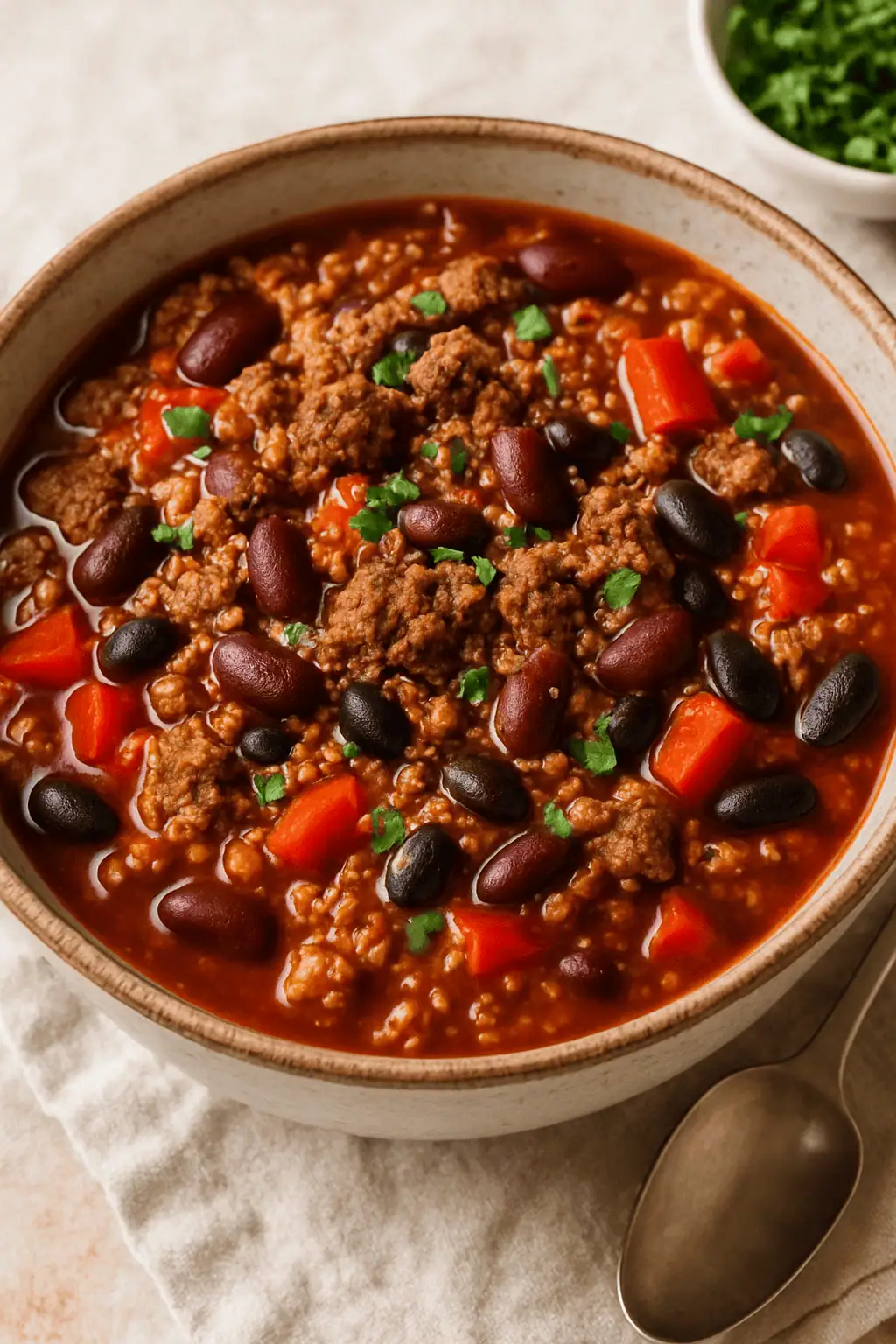
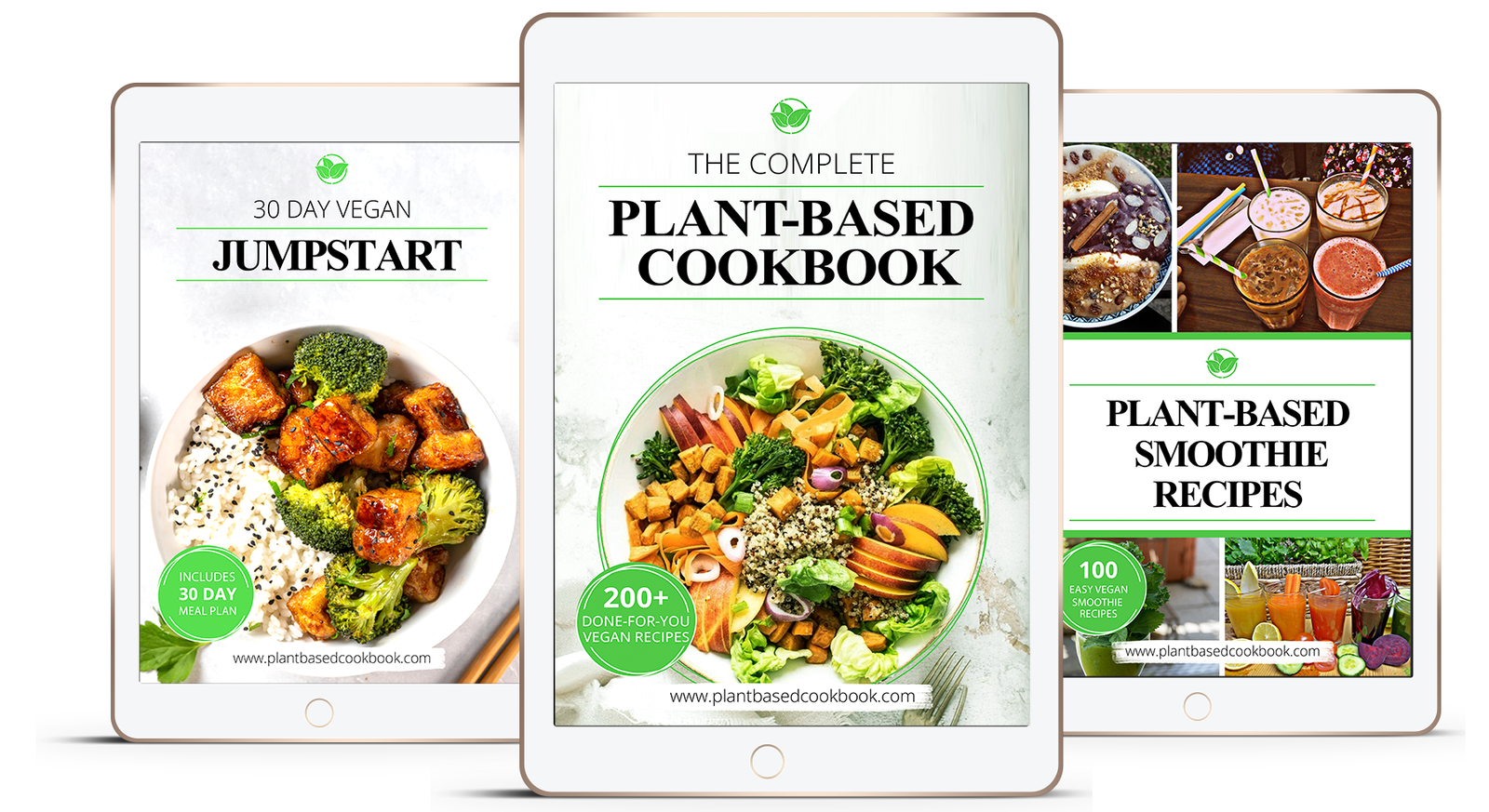



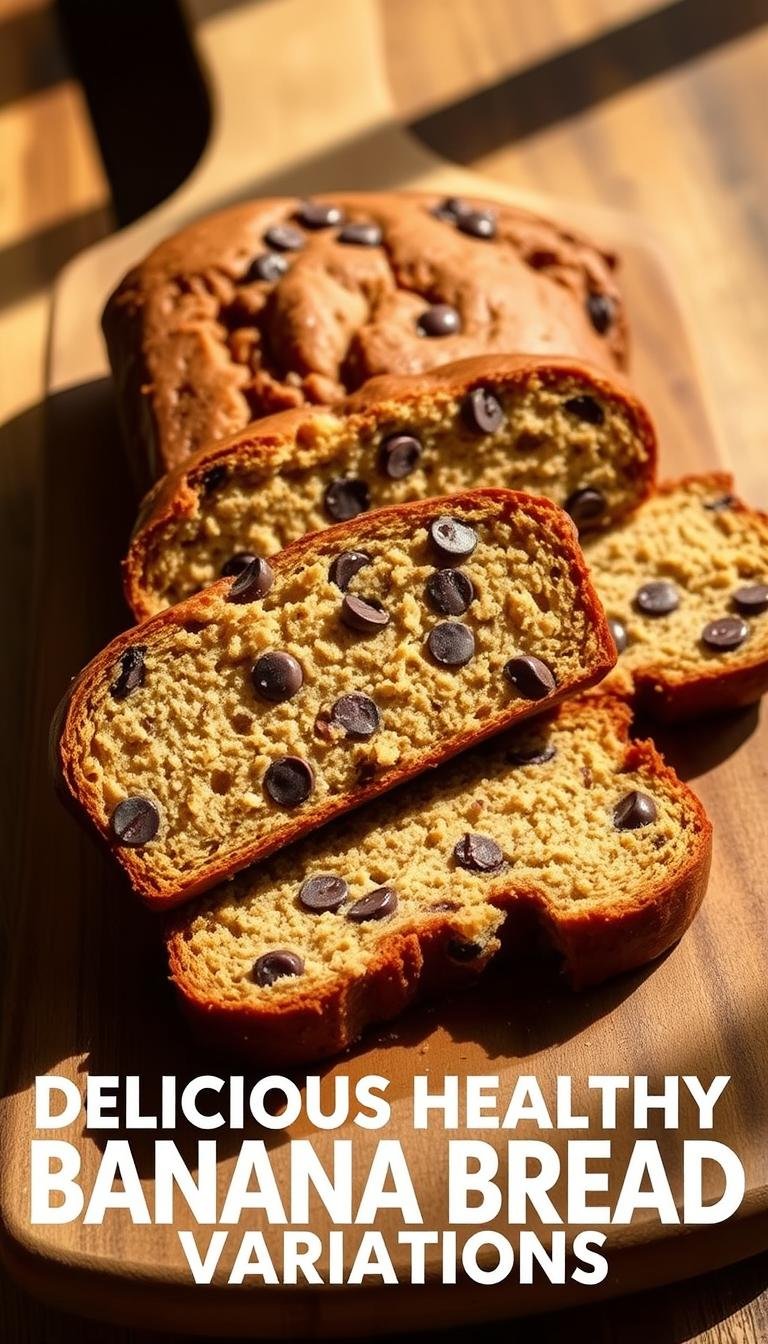
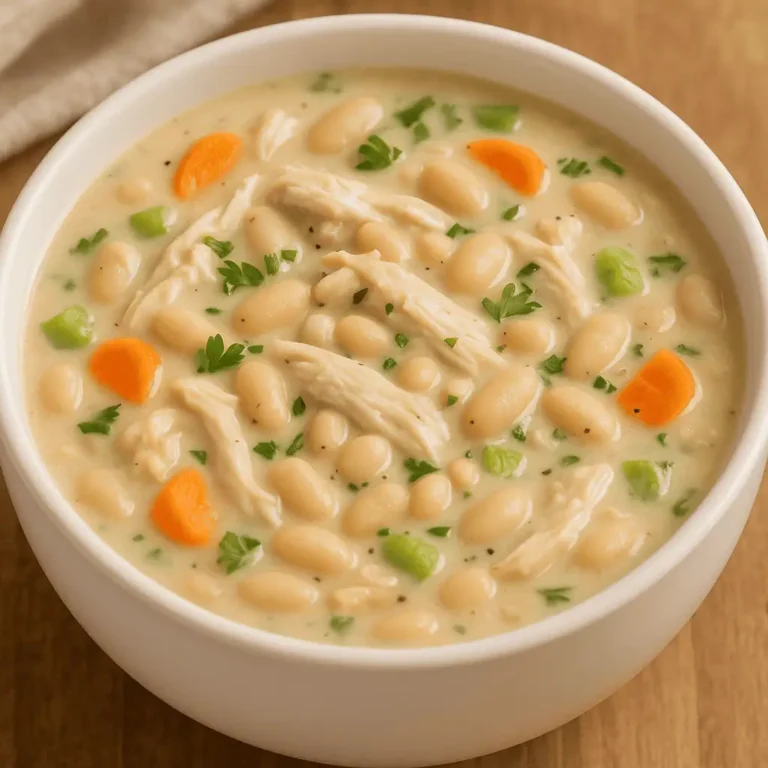

One Comment